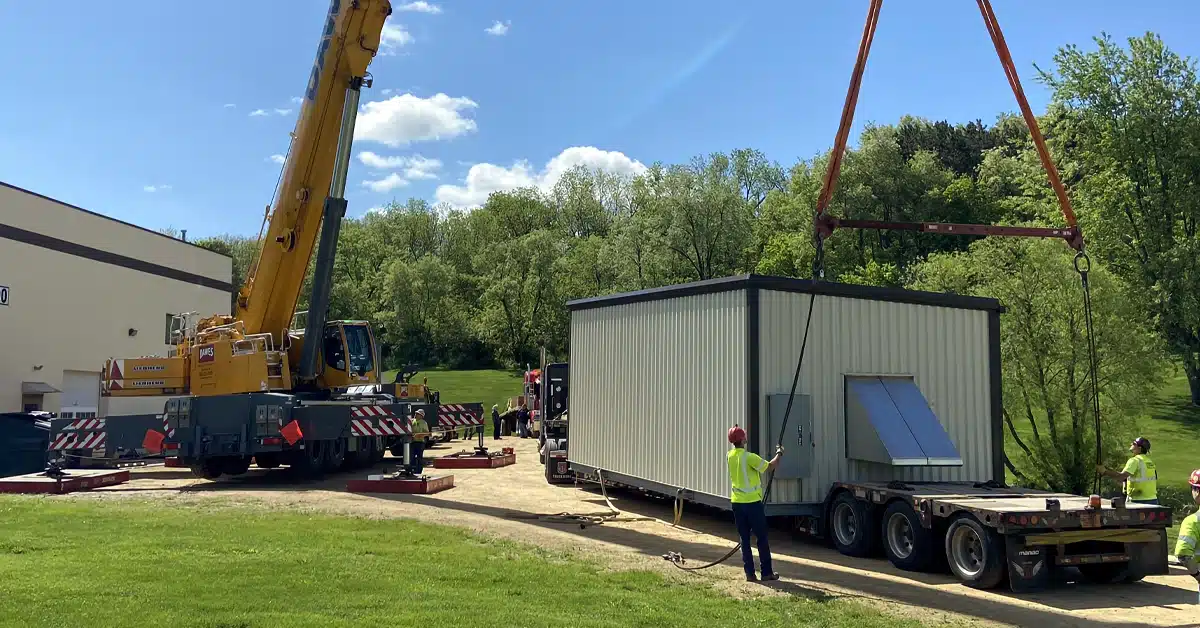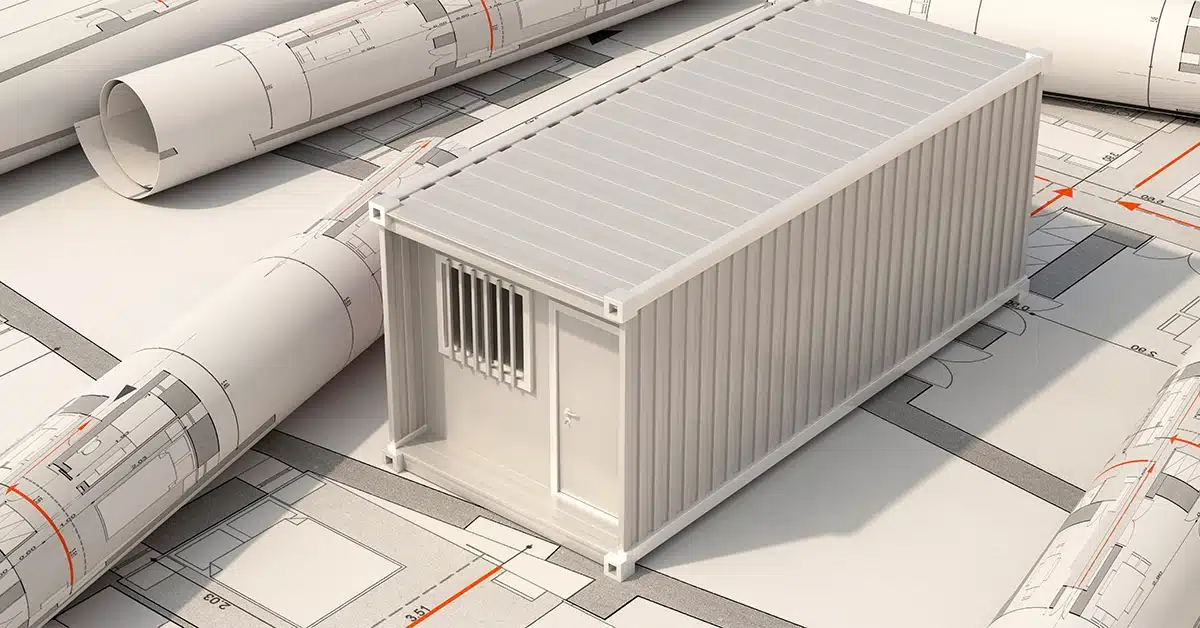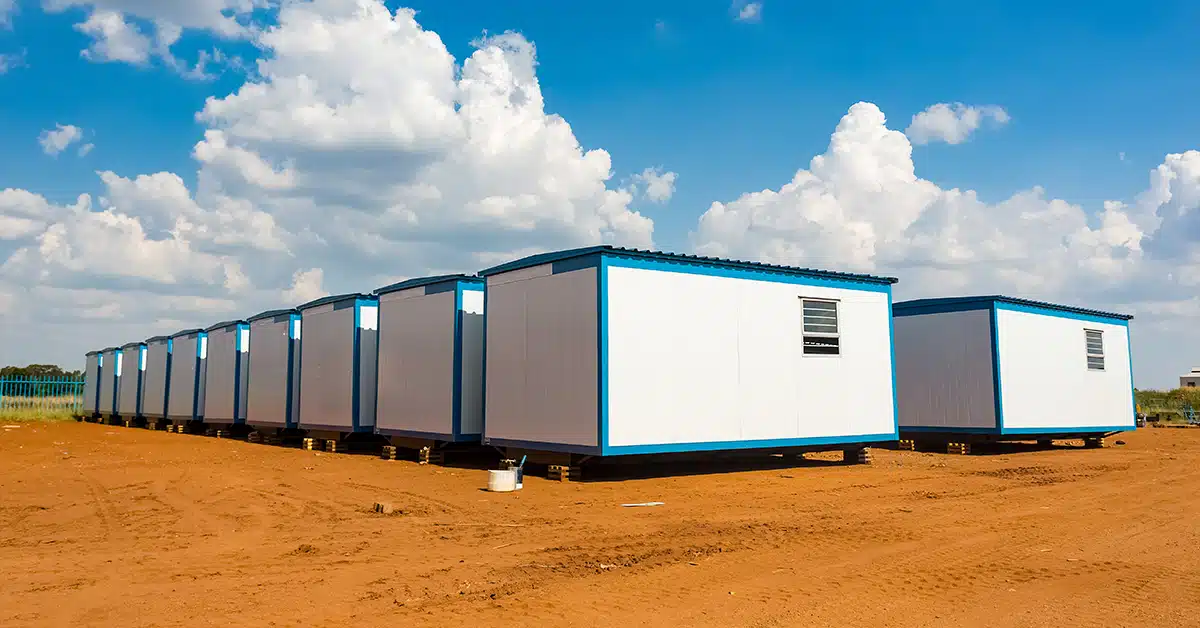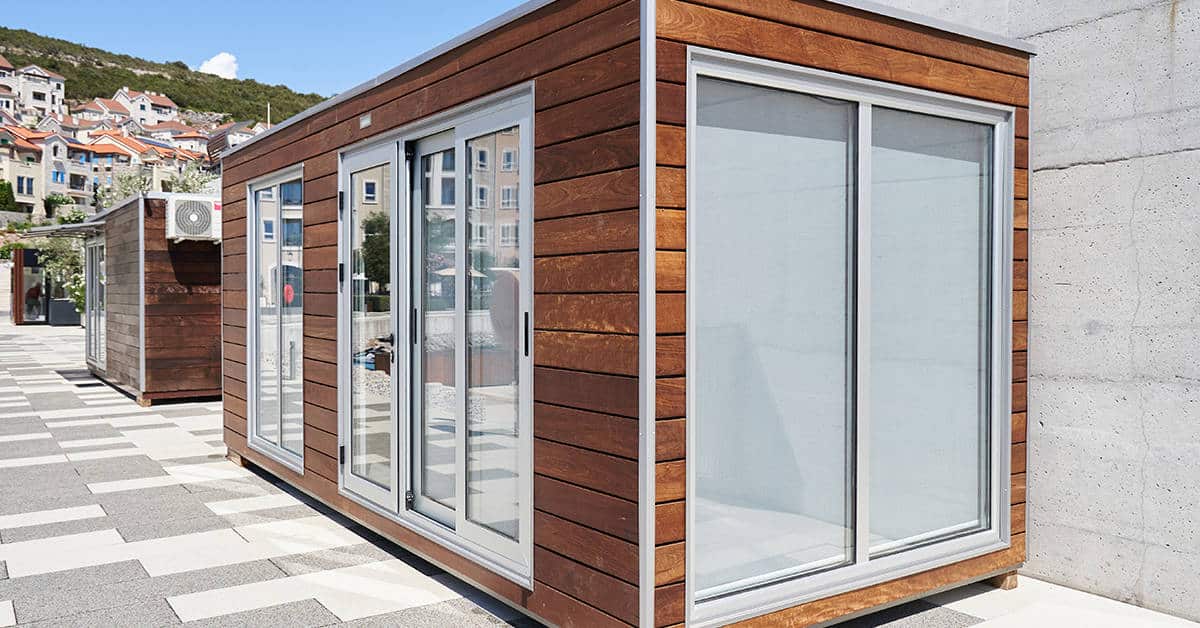For a Long time, modern technology has strictly been a thing for tech giants. Only the likes of Microsoft and other big names in the digital space managed to leverage such technologies as plug-and-play (PnP). So, it’s no wonder plug-and-play never really got into the mainstream until its integration into the Microsoft Windows 95 OS.
Of course, it was not perfect at the time. Users encountered occasional failure as systems failed to self-configure. Eventually, technology became more adaptable, addressing common problems and delivering a more streamlined experience. Today, plug-and-play technology revolutionizes equipment integration across industries, including construction. It’s growing popular every day and, indeed, it’s plug-and-play for the future.
This article explains why plug-and-play is becoming increasingly popular in equipment integration but before that, let’s understand plug-and-play.
Understanding Plug-and-Play
Often, plug-and-play is abbreviated as PnP. It refers to equipment that works with computer systems immediately after getting connected. They have operating systems that automatically detect and configure the internal and external components without installing drivers manually or resetting DIP switches.
The technology quickly shapes building and construction, adequately complementing prefabricated building construction. In addition, essential utility equipment like HVAC is installed off-site along with the prefabricated structures, so they are only hooked up upon assembly and are ready to run.
Everything else, including the wiring, is pre-planned and set in place in a factory, and this is one of the critical reasons behind the plug-and-play options’ popularity.
Here’s a deeper dive into the upsides of this equipment integration model.
Universal Integration
Vendor lock-in is one of the most prominent challenges to equipment integration. Integrating components from different manufacturers is challenging, but proper plug-and-play technology eliminates this problem. As a result, incorporating equipment from all vendors becomes possible, and they can still deliver performances that match the industry standards in terms of their operation and security.
Further, retrofitting becomes less complex as building owners request upgrades with evolving technologies. They have a wide range of product options for retrofitting their existing systems, and it’s also a cheaper solution. Expert integrators can recommend the best designs and components for the equipment’s unique purpose and requirements.
Still on integration, plug-and-play allows building owners and managers to integrate functions within their establishments for better controls. For example, they can incorporate safety alarms, refrigeration, heating, lighting, irrigation, security, and electric meters and control them from a single interface. The separate systems are integrated using wireless input and output modules and added for remote connectivity and control.
Such levels of integration allow commercial establishment owners to communicate with other systems for better management and compliance with regulations. However, the smart controls were formerly only possible for buildings installed with highly sophisticated systems.
Cost Factor
Plug-and-play equipment integration saves both cost and time in many dimensions, including:
· Interface development, integration, testing, and installation
· Troubleshooting communications
· Diagnostic tools
· Third-party solutions licenses
First, it eliminates the hardwiring requirements and the need to look for highly specialized personnel. Second, wireless connectivity takes over much of the communications. There are lesser hardwires to assemble, saving the initial costs and the on-site waste. Also, installations happen much faster with no lengthy testing procedures to ensure wires are correctly connected.
Third, companies can save on operational costs with the connected controls that are cheaper to install and launch. They bring about operational efficiency with automation, energy savings, improve building performance, and help them comply with regulations, which positively impact the costs.
Finally, businesses can know the cost upfront. Traditional installation models tend to provide a rate per square meter or other costing models, but this tends to vary in the end. Additional unforeseen costs may come up, plus some expected expenses may fluctuate. On the other hand, businesses can know the factory’s total plug-and-play off-site equipment integration costs. The experts provide breakdowns of budgets to prove their accountability and ensure clients see the value for money.
Freedom and Flexibility
Plug-and-play is much on automation of processes. While this seems to be more user-centered, it also helps to liberate engineers from mundane routines and offers them unmatched freedom and flexibility. They have the freedom to pick and work with the best tools in the market without reservation and are thus able to deliver the best quality and performance. Such autonomy is rarely achieved in any industry applying conventional technologies.
Maintenance
Machine downtime is one of the most costly events that businesses encounter. In most cases, companies have to engage specialists to troubleshoot the problem, which can be time-consuming quite expensive. However, plug-and-play equipment is easier and less expensive to maintain. As a result, problems can be easier to identify even by less trained technicians, disconnect and replace the unit, and save on cost and time.
Environmental Consideration
As noted earlier, plug-and-play equipment integration complements prefabricated building construction. It’s one of the most efficient technologies in building and equipment fitting, where everything gets manufactured in a factory, and this has a positive footprint on the environment.
Conventional on-site equipment installation involves a lot of dirty work and sometimes much noise pollution. In addition, specialists and technicians flock to the site, each with different roles, with most of them using fuel to commute to the site and back throughout the project period. Other equipment like diesel generators may also be used, adding to the overall carbon footprint.
According to a US Energy Information Administration report, the construction of homes and other structures emits between 40 and 50 percent of all greenhouse gases in the United States. As businesses continue to be more conscious of the environmental impact of their activities, plug-and-play becomes the technology of the time to help in environmental conservation and reduce the overall effects of greenhouse gases.
Final Word
Technology is pretty expensive, which explains why some businesses have been reluctant to adopt modern-day innovation. However, with the doors opened by such technologies as prefab building and plug-and-play, the former statement could be a common belief and untrue. In the end, such technology is more cost-effective and with overall noteworthy benefits to businesses that leverage them.






